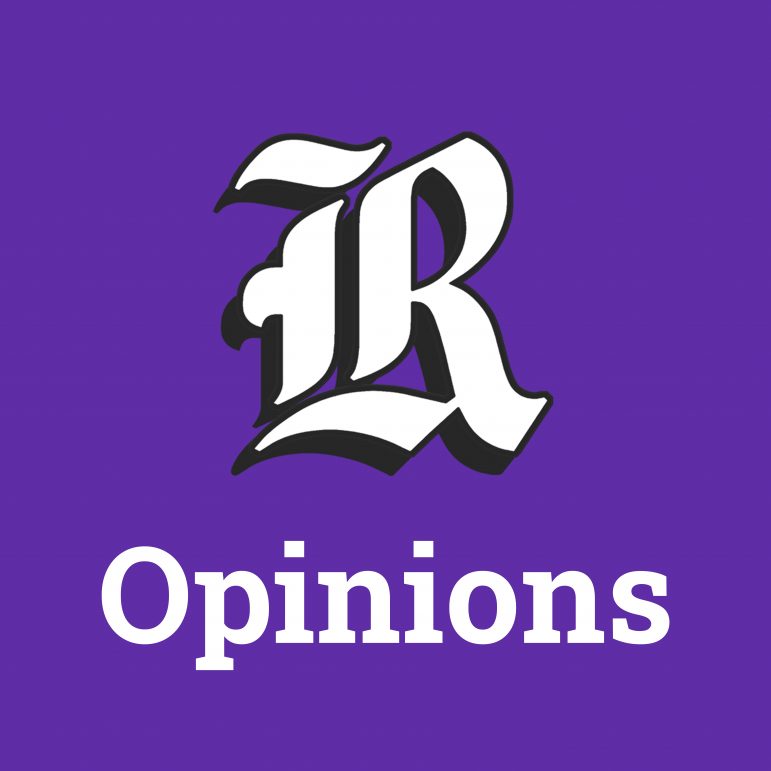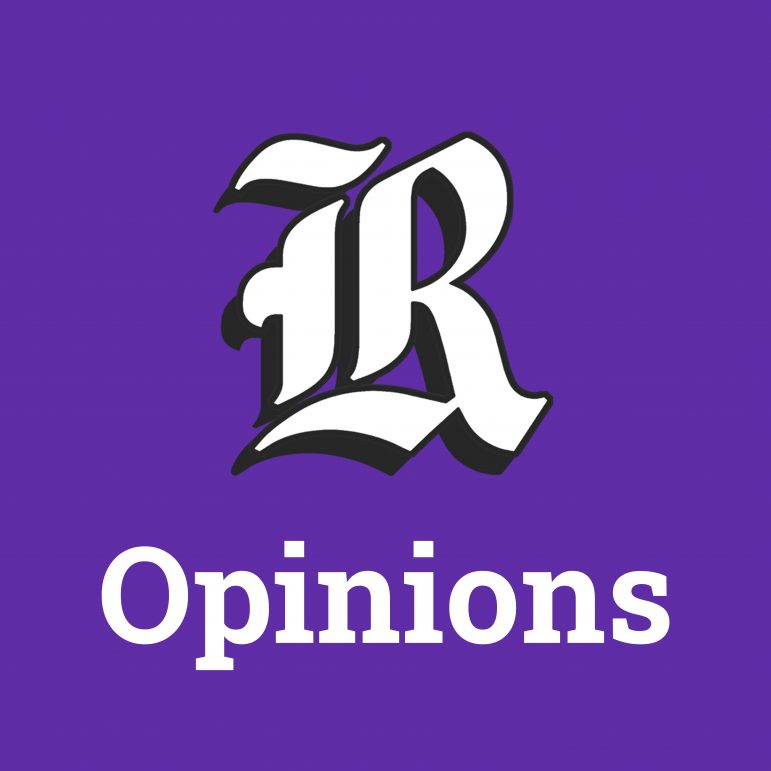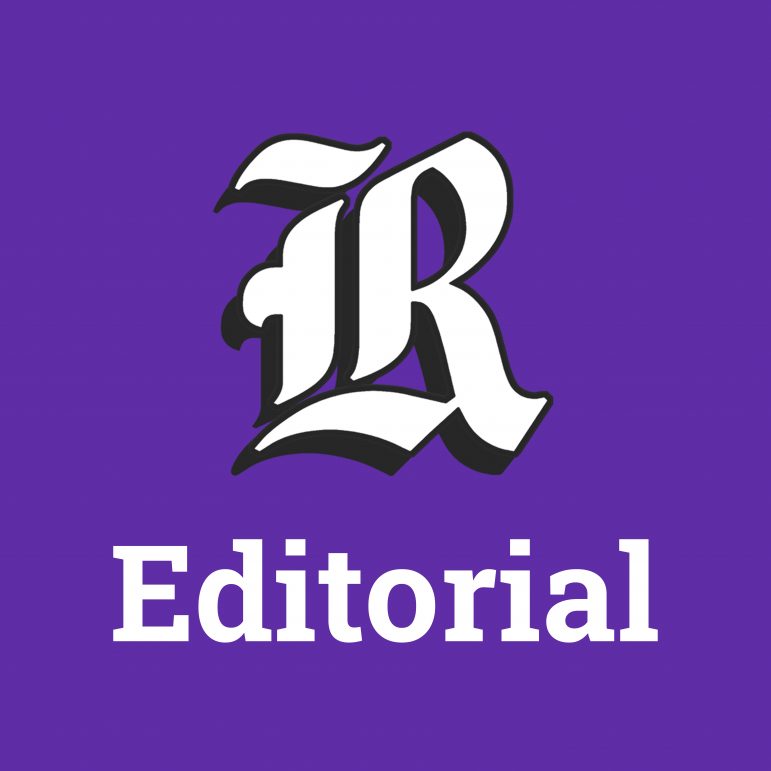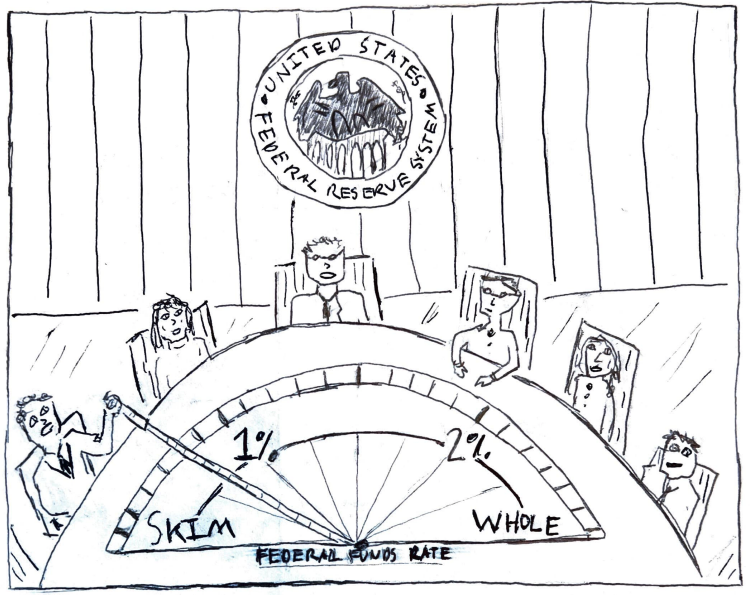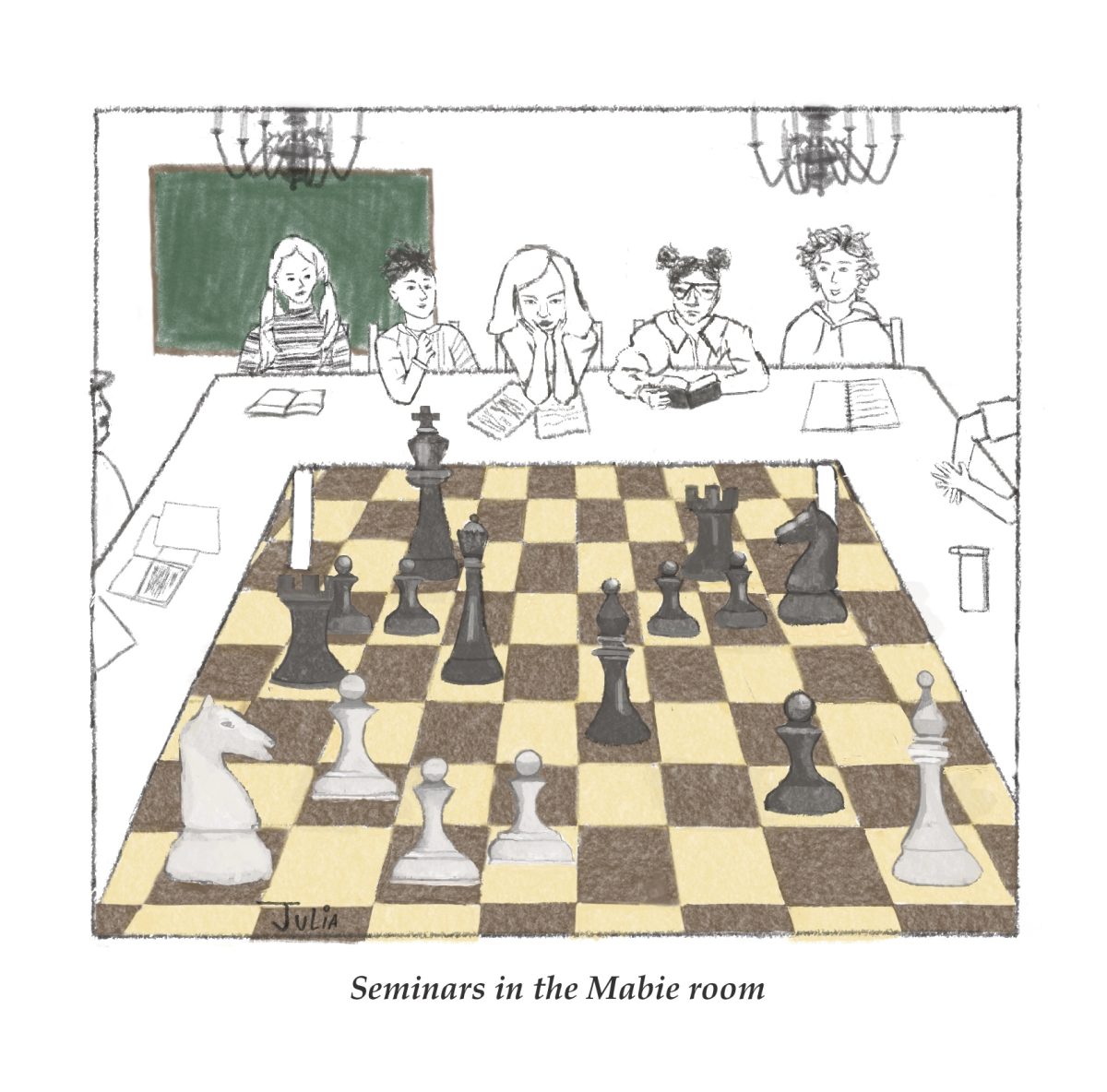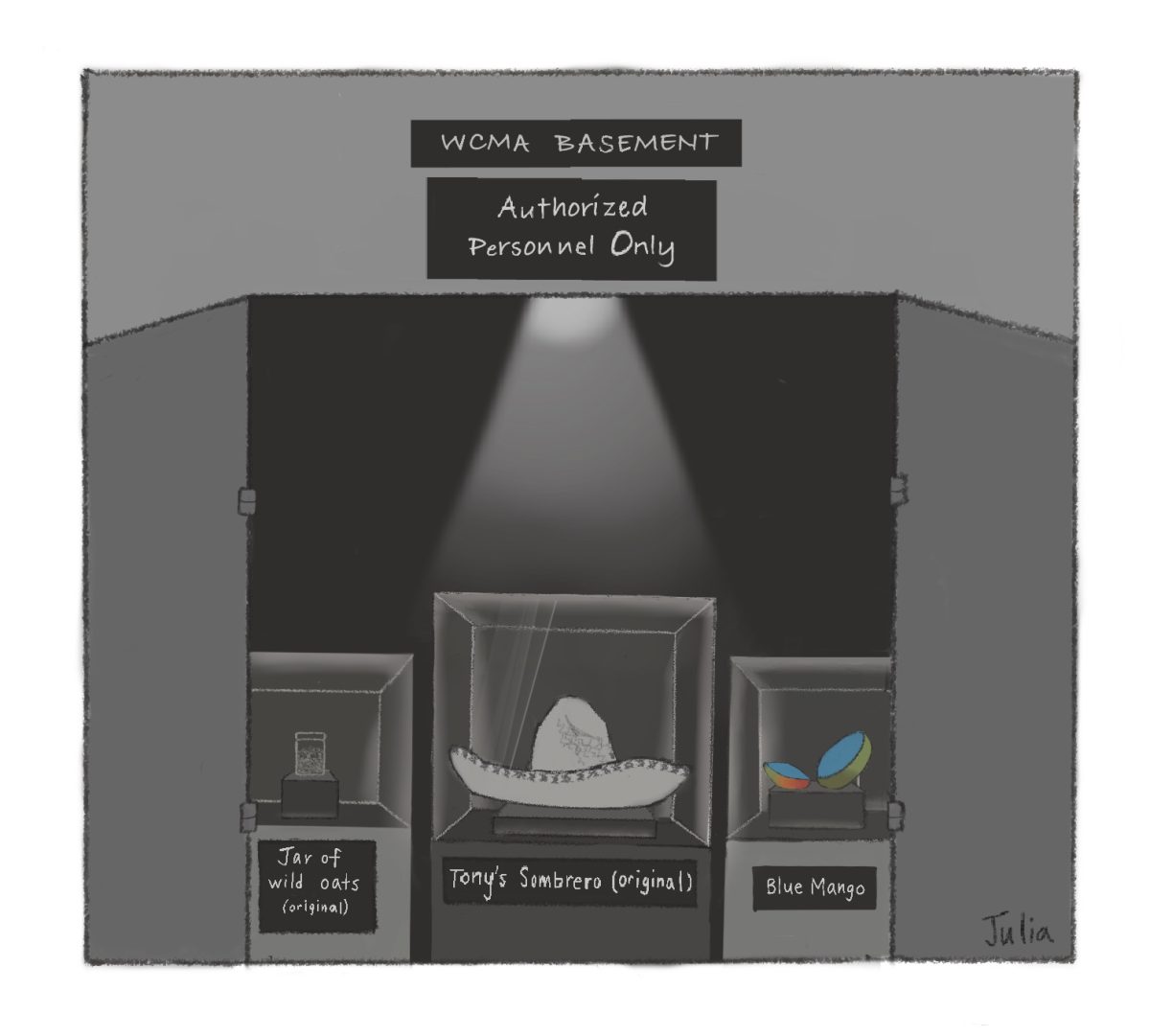As a tumultuous spring semester concludes, our scattered community has started shifting its attention to the fall. Will students be able to return to campus in September? If so, under what conditions? If not, what alternative learning environment will be provided?
First, we at the Record affirm that public health must be the first priority. No one knows what path the virus will take, and government officials and medical professionals will determine much in the coming months.
In the meantime, President Maud S. Mandel has announced her intention to reach a decision on fall programming by no later than July 1. She has convened two working groups in order to study the two most basic options: reopening campus to students in the fall or keeping the physical campus closed. The second group distributed a seven-page memo to faculty on April 23 that outlines five options under the scenario that a regular fall semester is not possible.
We do not presume to know more than the members of the working groups, many of whom have served the College for years and all of whom have been studying each contingency extensively. To the extent that we have input, however, it is rooted in our experiences and attitudes as students.
Because we are off campus — separated from other student perspectives that we would usually hear — we have also taken the step of polling the student body to inform our thinking. A Record survey was emailed last week to 500 randomly selected non-seniors and received 284 responses. We found that, if campus remains closed in the fall and classes are entirely remote, 68 percent of students would “seriously consider” withdrawing for the semester. To us, this was an unexpected result, and one that the committees should take into careful account as they deliberate.
We commend the College for soliciting student opinion with a comment form and for publicizing the form in all-campus emails. We likewise applaud the decision to send a survey on remote learning to the student body on May 1. Yet we question why, to the best of our knowledge, we have been the first to send out a survey that explicitly inquires about student plans and opinions as they relate to the fall. This lack of outreach worries us. Comprehensive, statistically representative data on student opinion cannot be gathered from a comment form; indeed, we find it likely that most students are unaware that this form exists.
Furthermore, almost all knowledge that we as students have regarding fall options comes from a memo that was not sent to us. We understand that we cannot be privy to the committees’ every fine-tuned consideration, but neither should we be left in the dark on the potential shape of our next semester and year.
Our own survey was intended to fill some of these gaps, but our understanding of the questions that need to be asked is incomplete, and our poll did not reach the entire student body. As the working groups continue to deliberate, we ask them not just to consider our results but also to build upon them.
The preliminary results offer guidance on the desirability of several fall options. In addition to the two-thirds of current non-senior students who are thinking about withdrawing, 43 percent of surveyed incoming first-years said they would likely take gap years if there were a remote fall semester. We stress that the working groups, in planning for the fall, should consider the likelihood of mass withdrawals and gap years and the impact that significantly reduced enrollment would have on the campus community in the near and long term. We ask the administration to consider the fact that 68 percent of respondents indicated a willingness to take classes in the summer of 2021 if the option were available.
That remote learning is far from a full substitute for on-campus learning is no surprise. With remote classes, it is harder for us to learn, and it is nearly impossible for us to maintain the aspects of community that have marked our experience at the College so far. We do believe that remote learning can be considerably improved from the current model with a full summer of preparation. Nevertheless, in light of these results, we encourage the working groups to continue to explore alternatives to a fully remote fall semester beginning in September — alternatives that may reduce student dissatisfaction and mitigate semester withdrawals.
Just as important as the conditions of our absence from campus are the conditions of our presence on campus. In our survey, we asked if students would consider withdrawing if any number of standard experiences were unavailable in an on-campus fall semester. Fifty-nine percent of students would consider withdrawing under at least one of the scenarios we outlined, including 47 percent if small social gatherings were unavailable, 29 percent if athletics were unavailable and 19 percent if large parties were unavailable.
These statistics underscore the importance of early and full transparency from the College when explaining what the fall will look like either on- or off-campus. We are encouraged that the deadline for students to withdraw will come after July 1. Still, the deadline for gap year requests by incoming first-years is scheduled for only a week after the deadline for Mandel’s decision, and the exact deadline for withdrawals remains unknown. By that point, the questions raised by our survey should all be answered, including on issues surrounding grading and financial aid policies, so that students can make a fully informed choice.
The two task forces have a difficult job ahead of them over the coming months, and we wish them luck as they weigh a number of options. As they hear from government officials and public health experts, we also encourage them to reach out deliberately to students. The College’s decision-makers must hear from us, and we must hear from them.
Managing Editor Jeongyoon Han ’21, a member of the working group for opening the campus, did not participate in any part of the writing of this editorial.



